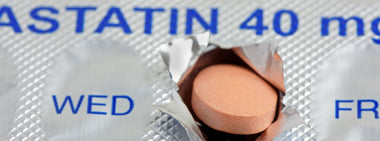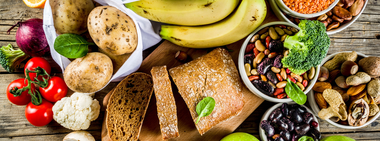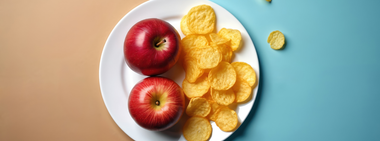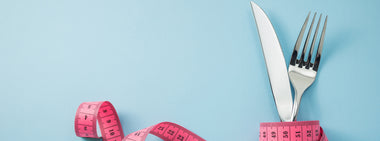Why foods that seem healthy may be making you sick... how to outsmart the food companies
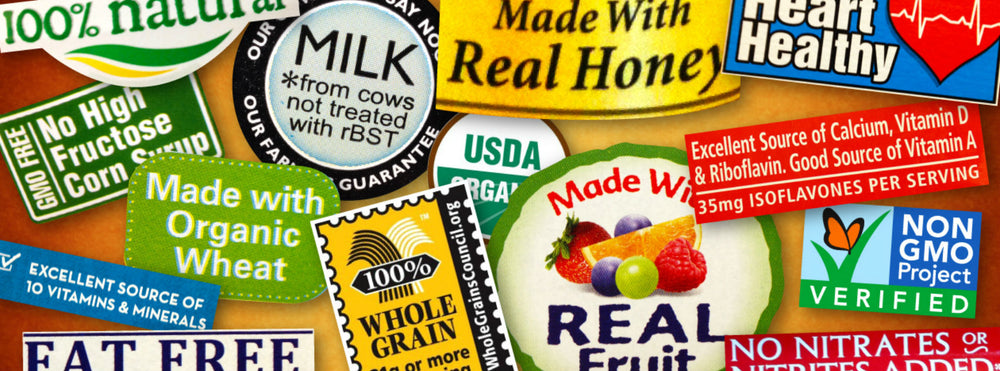
Maneuvering the food landscape has never been more difficult. But that doesn’t mean you can’t succeed at making good decisions when grocery shopping. In this final installment, we summarize how to avoid traps and use the information on food packaging to your advantage.
Here are five things to keep in mind when you hit the grocery store:
- Be wary about any claims on food packaging. Use these only as a starting point and not as a reason to purchase a specific food item. Food companies use claims as marketing tools not as guarantees of quality or health effect. In fact, the more the item shouts about how good it is for you, the more skeptical you should become. After all, if everything is so good for us, why are we all so sick?
- Check the ingredient list. Look for length and familiar ingredients. Beware of foods that group their ingredients into components, especially if it hints at a marketing gimmick. It’s one thing to list chocolate and the sub-ingredients that make up the chocolate; it’s a different matter to start making up blends and calling out coatings to simply play with the order of ingredients or to hide all the added sugars.
- Check the nutrition panel. Look for sodium and added sugar (not too much) and fiber and potassium (as much as possible). But make sure that any fiber listed doesn’t come from simple additives (like inulin, maltodextrin and polydextrose).
- Beware of inexpensive packaged foods. Getting a packaged food product onto a store shelf has significant costs associated with it. That doesn’t leave much to devote to high quality ingredients. There’s a reason a package of organic strawberry breakfast bars costs less than a small container of organic strawberries. Inexpensive processed foods are made with cheap ingredients and typically skimp on those that help promote health.
- Remember that the healthiest items in the grocery store have no claims, ingredient lists or nutrition panels -- or packaging. These are the fruits, vegetables, herbs and leafy greens found in the produce aisle. Here’s where to fill up your cart! All of these foods contain fiber, antioxidants, vitamins and various micronutrients vital for health. They are also naturally sodium- and cholesterol-free, have no added sugars and are great sources of potassium.
That's a lot to keep track of. And it’s ridiculous that so much scrutiny is required to avoid being duped while trying to eat better.
But, until manufacturers care more about your health than their bottom line, incorporate these strategies into your grocery shopping routine as much as you can. Over time, you will become a much better judge of what is real and what is marketing hype. And you’ll notice how much better you can feel when you trade out foods that help build disease for those that build health -- like Step One Foods -- instead.
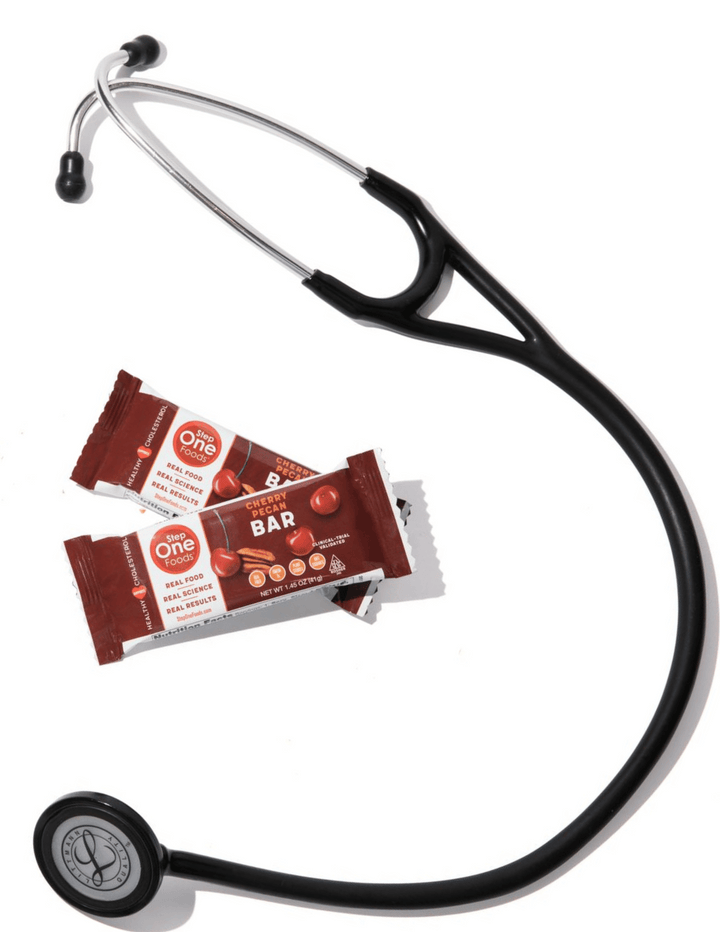
Tested & Proven Results.
- Cardiologist formulated
- Supported by over 500 publications
- Clinically-proven, in a double-blind randomized trial with Mayo Clinic and The University of Manitoba
80% of participants lowered their cholesterol in just 30 days. With just two servings per day, Step One Foods offers a proven-effective way to naturally lower LDL (bad) cholesterol.
Get heart health tips and articles like this, delivered right to your email.
New articles every week.
You may also like...
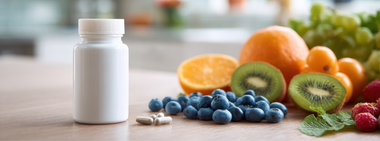
Fiber Supplements vs. Fiber from Food – Is There a Difference?

You don’t need to avoid foods with cholesterol…except for these
